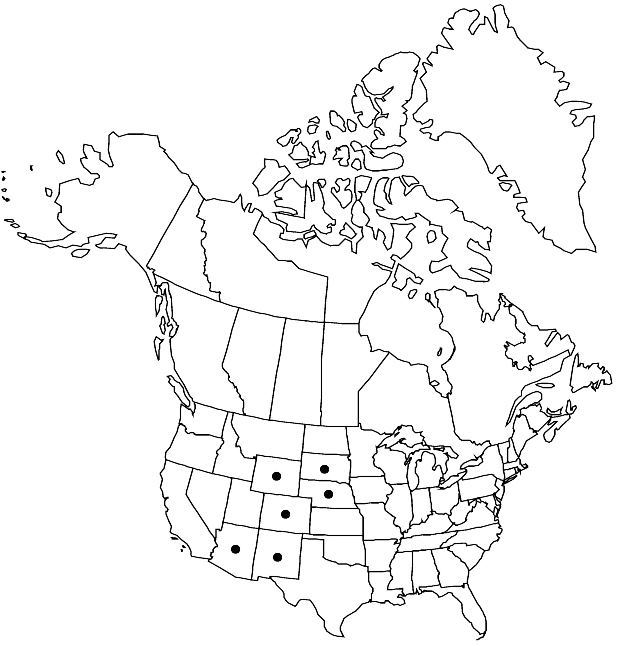Physaria montana
Fl. Francisc., 249. 1891.
Perennials; caudex simple or branched, (often enlarged); densely pubescent, trichomes (sessile or short-stalked), 4–7-rayed, rays furcate or bifurcate, (tuberculate throughout). Stems simple or several from base, prostrate to erect, 0.5–2(–3.5) dm. Basal leaves: blade suborbicular or obovate to elliptic, (1–)2–5(–7) cm, margins entire, sinuate, or shallowly dentate. Cauline leaves (often secund, proximal shortly petiolate, distal sessile); blade linear to obovate or rhombic, 1–2.5(–4) cm, margins entire or shallowly dentate. Racemes dense, compact, (usually elongated in fruit). Fruiting pedicels (usually sharply sigmoid, rarely nearly divaricate-spreading and straight), 5–15(–20) mm, (stout). Flowers: sepals elliptic, 5–8.5 mm, (lateral pair boat-shaped, saccate, median pair thickened apically, cucullate); petals (yellow to orange, sometimes fading purplish), narrowly spatulate or obovate, (6–)7.5–12 mm, (claw undifferentiated from blade, or gradually narrowed to claw, slightly expanded basally). Fruits (erect), ellipsoid or ovoid, not or slightly obcompressed, (apex not compressed), (6–)7–12 mm; valves densely pubescent, sometimes sparsely pubescent inside; ovules (8–)12–20(–24) per ovary; style 3–7 mm, (sometimes pubescent). Seeds flattened. 2n = 10.
Phenology: Flowering Apr–Jun(-Aug).
Habitat: Banks, rock outcrops, stony slopes and benchlands, from plains into mountains, in sagebrush, open scrub oak, pinyon-juniper woodland, ponderosa pine, Douglas fir on granitic, often gravelly, non-calcareous soils, rarely on calcareous soils
Elevation: 1000-3300 m
Distribution

Ariz., Colo., Nebr., N.Mex., S.Dak., Wyo.
Discussion
Physaria montana is a rather variable species that in southwestern Colorado morphologically approaches P. rectipes and in eastern Wyoming approaches P. curvipes; it is unusual in the genus for its frequent presence on igneous, non-calcareous soils.
Selected References
None.